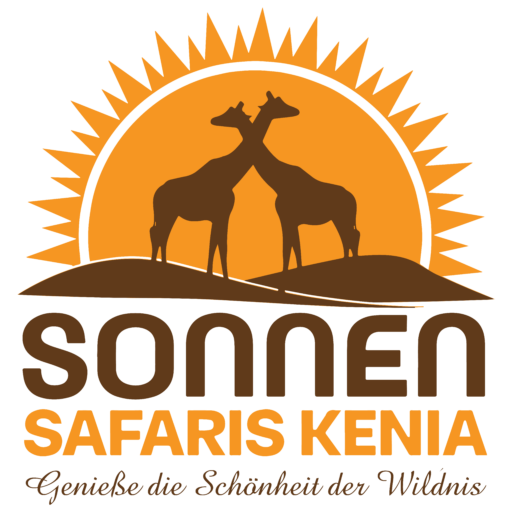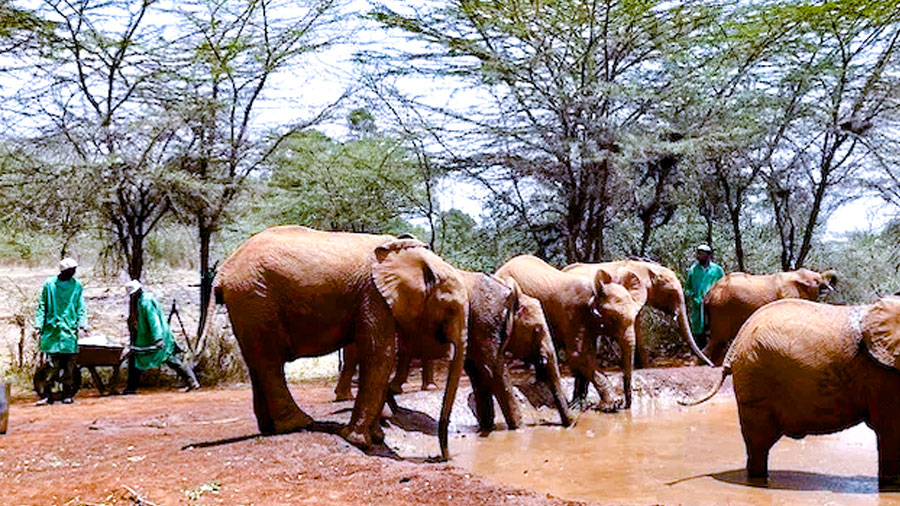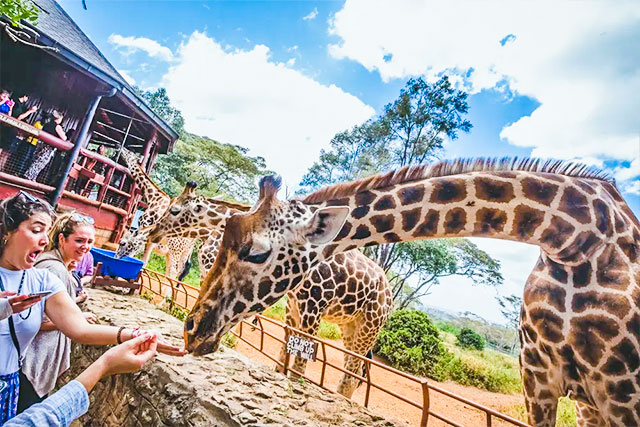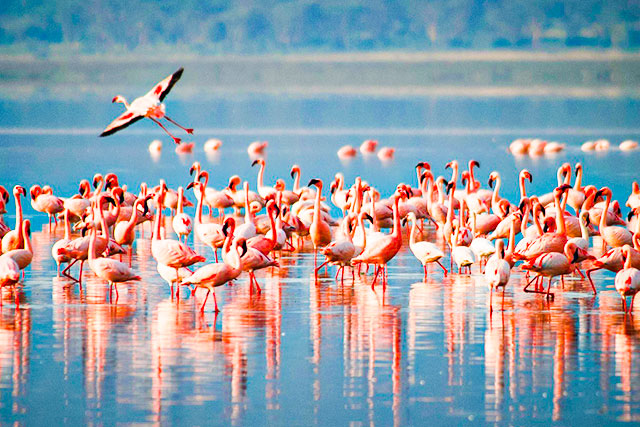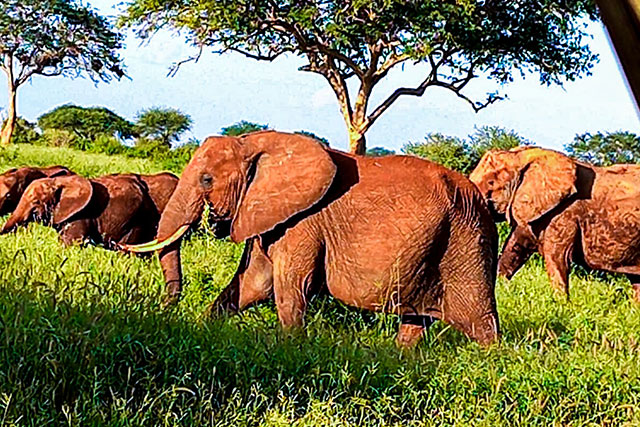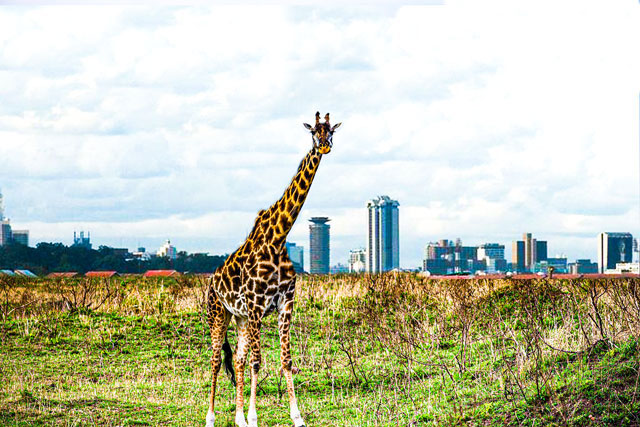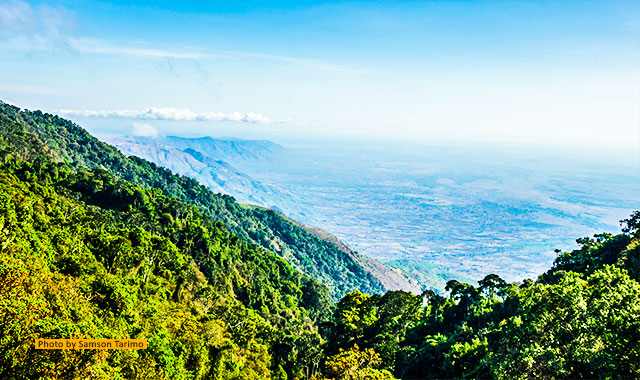Attractions
Sheldrick Wildlife Trust
The Elephant Orphanage Nairobi, also known as the David Sheldrick Wildlife Trust, is a renowned and vital institution dedicated to the conservation, preservation, and rehabilitation of orphaned elephants in Kenya. Founded in 1977 by Dame Daphne Sheldrick, the orphanage has been instrumental in saving the lives of countless baby elephants and providing them with a safe haven to grow and thrive.
The mission of the orphanage is to rescue, rehabilitate, and release orphaned elephants back into the wild while also creating awareness about the importance of elephant conservation.
The organization also actively engages in anti-poaching initiatives, supports research on elephant behavior and ecology, and collaborates with local communities to promote coexistence with wildlife.
Giraffe Centre
A visit to the Giraffe Centre is the perfect activity to do when stopping over in Nairobi for a day or two before heading off on a Kenya safari. Located 5 kilometres (3.1 miles) from Nairobi’s city centre, the Giraffe Centre offers visitors the opportunity to get up close and personal with these friendly giants. The Rothschild’s giraffe was first named and described by Lord Walter Rothschild, a passionate zoologist. He named the giraffe following an expedition to East Africa in the early 1900’s. When he first found the Rothschild’s giraffes they were free ranging and abundant across Kenya, Uganda and Sudan. Due to human population expansion, poaching and habitat loss, they are now extinct in Sudan, and there are only thirteen populations remaining in Kenya and Uganda. There are fewer than 670 individuals remaining in the wild today.
On the site, there will always be staff to assist you and ensure you feed the giraffes safely and do not get too close to them. There is an information centre on-site where you can attend talks about giraffe conservation, and about initiatives that the centre is currently involved with. Visit a gift shop called Daisy Zoovenir Shop if you want to pick up some souvenirs. You can also sit down, relax and enjoy some tea at the tea house. All proceeds from the sales at the gift shop and tea house go towards conservation efforts.
Lake Nakuru National Park
On the floor of the Great Rift Valley, surrounded by wooded and bushy grassland, lies the beautiful Lake Nakuru National Park. Visitors can enjoy the wide ecological diversity and varied habitats that range from Lake Nakuru itself to the surrounding escarpment and picturesque ridges.
Lake Nakuru is the foundation of the park serving as a wildlife haven. The maximum depth is only 6 feet (1.8 m) with an average depth of 1 foot (.30 m) making it easy for animals to access. It is one of the Rift Valley lakes sitting at an elevation of 5,755 feet (1,754 m) above sea level. Wildlife is bountiful with a populous predator presence to reflect the abundance of prey. Predator species include lion, cheetah, leopard, and hyenas. Large pythons might be found as well. Giraffe and the two species of rhino are mammalian highlights however there are several other species. The waterbuck is more common than in other parks. Lake Nakuru national park hosts 4 of the members of the Big five (lions, rhinos, buffaloes and leopards), the park is also a home to other animal species like the giraffes, hippos, warthogs, vervet monkeys, olive baboon, colobus monkeys and many more.
Masai Mara National Reserve
Masai Mara National Reserve is located in south west Kenya and is a vast scenic expanse of gently rolling African savannah plains measuring 1510 square kilometers in area and bordering the Serengeti National Park in Tanzania to the south. This is the home of the Great Migration, the planet’s most abundant display of flowing wildlife – over two million animals on their yearly trek of survival. No other safari will bring you close to this explosion of primal nature in such stunning numbers.
The wildebeest migration is nothing short of amazing. It is one of the things you have do add to your bucket list. Best time to be in Kenya for it is JULY – OCTOBER although Kenya is a great year round destination. It is no surprise that tourists from the world over travel here to experience a Masai Mara Safari tour, more so as the reserve has been voted one of the new Seven Wonders of the World.
Nairobi National Park
A short drive out of Nairobi’s central business district is the Nairobi National Park. Wide open grass plains and backdrop of the city scrapers, scattered acacia bush play host to a wide variety of wildlife including the endangered black rhino, lions, leopards, cheetahs, hyenas, buffaloes, giraffes and diverse birdlife with over 400 species recorded. Visitors can enjoy the park’s picnic sites, three campsites and the walking trails for hikers. Nairobi National Park consists partly of thick woods near the city outskirts, partly of rolling plains and valleys, and partly of wooded confluence of several rivers, its vegetation is of the dry transitional savanna type. Acacias and other thorny varieties, muhuhu, Cape chestnut, and Kenya olive are the most important trees that acts as habitat for the wildlife in the park. The main activity in Nairobi National Park is the guided game drive, where you’ll be driven around the park for wildlife and bird watching. Self-guided game drives are also possible if you have your own vehicle. Except for a small handful of picnic sites (and the animal orphanage or Safari Walk at the park entrance), you’re not allowed to step down from your vehicle anywhere inside the park.
Rift Valley View Point
The Rift Valley View Point is a breathtaking natural attraction located in Kenya, offering visitors a stunning panoramic view of the Great Rift Valley. This awe-inspiring viewpoint provides an unparalleled vantage point from which to appreciate the geological marvels and natural beauty of the region.
In addition to its geological and scenic allure, the Rift Valley holds immense cultural and historical significance for the indigenous communities that call it home. The region is inhabited by various ethnic groups, each with its own traditions, customs, and folklore deeply rooted in the land. Visitors have the opportunity to engage with local communities, learn about their way of life, and gain insights into their rich cultural heritage.
